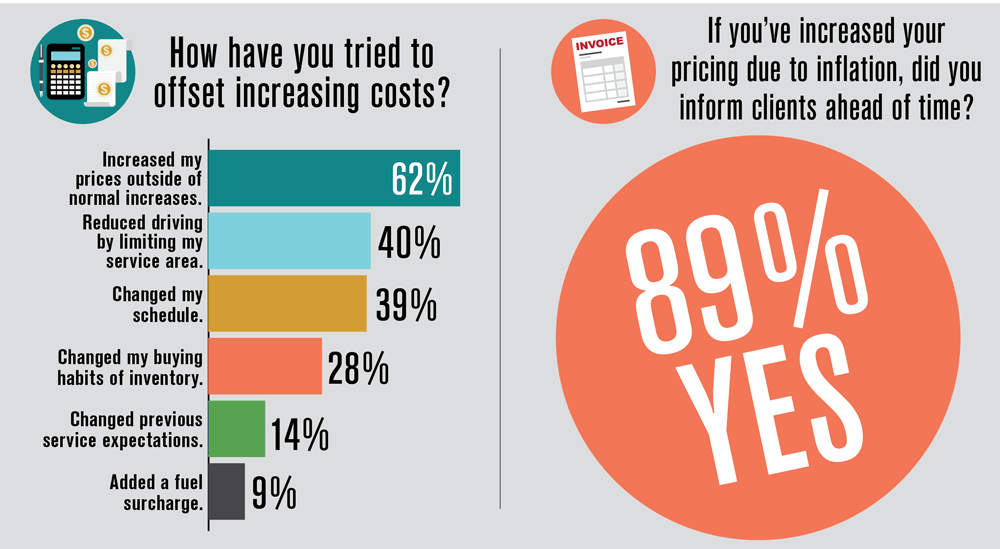As inflation increasingly burdens farriers’ bottom lines, most are raising prices to remain profitable. But how do you communicate the price change to your hoof-care clients?
In an exclusive American Farriers Journal survey, most agreed that it should be a simple message, as clients are fully aware of price increases in every other area of their lives. Be honest and direct. These farriers may differ slightly on how to institute that increase, however.
Most want to give the client a bit of a cushion, alerting before the next appointment. Many respondents told us that they let the client know before the next cycle.
“I try to warn at least a cycle ahead, maybe two,” says a farrier from Oklahoma who works mainly on backyard horses. “I let folks know once I’ve finished working and we’re scheduling the next appointment. That way I definitely get paid and they don’t feel pressured to reschedule if they can’t afford me any longer.”
A racehorse farrier from Texas agrees, and adding he has a tighter shoeing cycle, but gives a minimum 30-day notice to his clients.
A backyard horse farrier in North Dakota has increased his prices by more than 25% this year. He says to command any increase, there is a responsibility to justify through self-improvement.
“I will educate myself more to gain a competitive edge on cheaper farriers who aren’t part of our chapter or don’t go for continuing education,” he says.
There are always contrary positions. Are farriers unique in that they insist on telling clients about increases? A Maryland farrier doesn’t think it should be a necessity to tell a client prior to an increase, putting him against the majority of responses.
“My veterinarian doesn’t tell me about a price increase before service, but I learn about it on the invoice,” he says. “But if I ask, she explains. The client needs to understand our business prices respond to market conditions. I think this will be a good time for us to correct what we should charge, because our costs will eventually come down, but that doesn’t mean our prices have to.”
Learn More
- Price Increase Best Way to Aid Profitability: A survey of farriers shows how their business are trying to weather the economic storm.
- 5 Stages of Growth Can Boost Your Hoof-Care Business: Anticipating established phases can help farriers improve chances for success.
- Price Cutting Hurts the Farrier Industry: Even with today’s high demand for farriers and efforts in price-setting education, there are still those who rely on undercutting prices to gain business, failing to see how it sets them back long-term and generates resentment among peers.









Post a comment
Report Abusive Comment